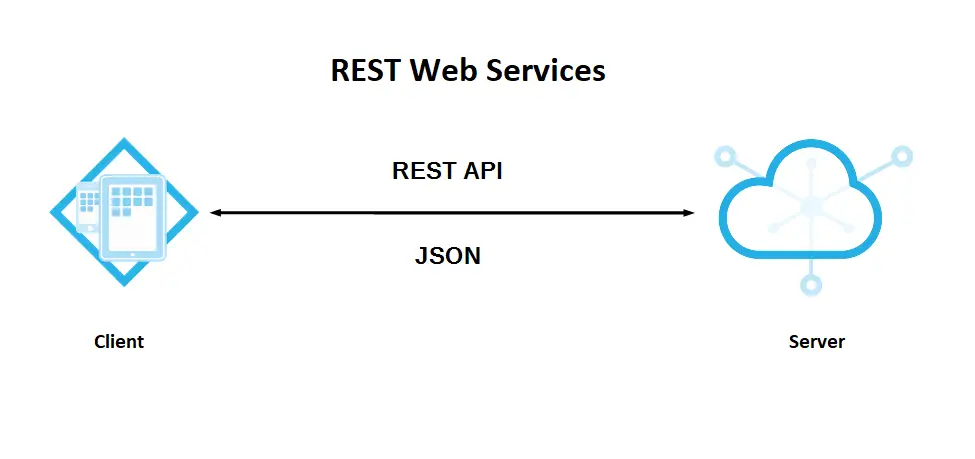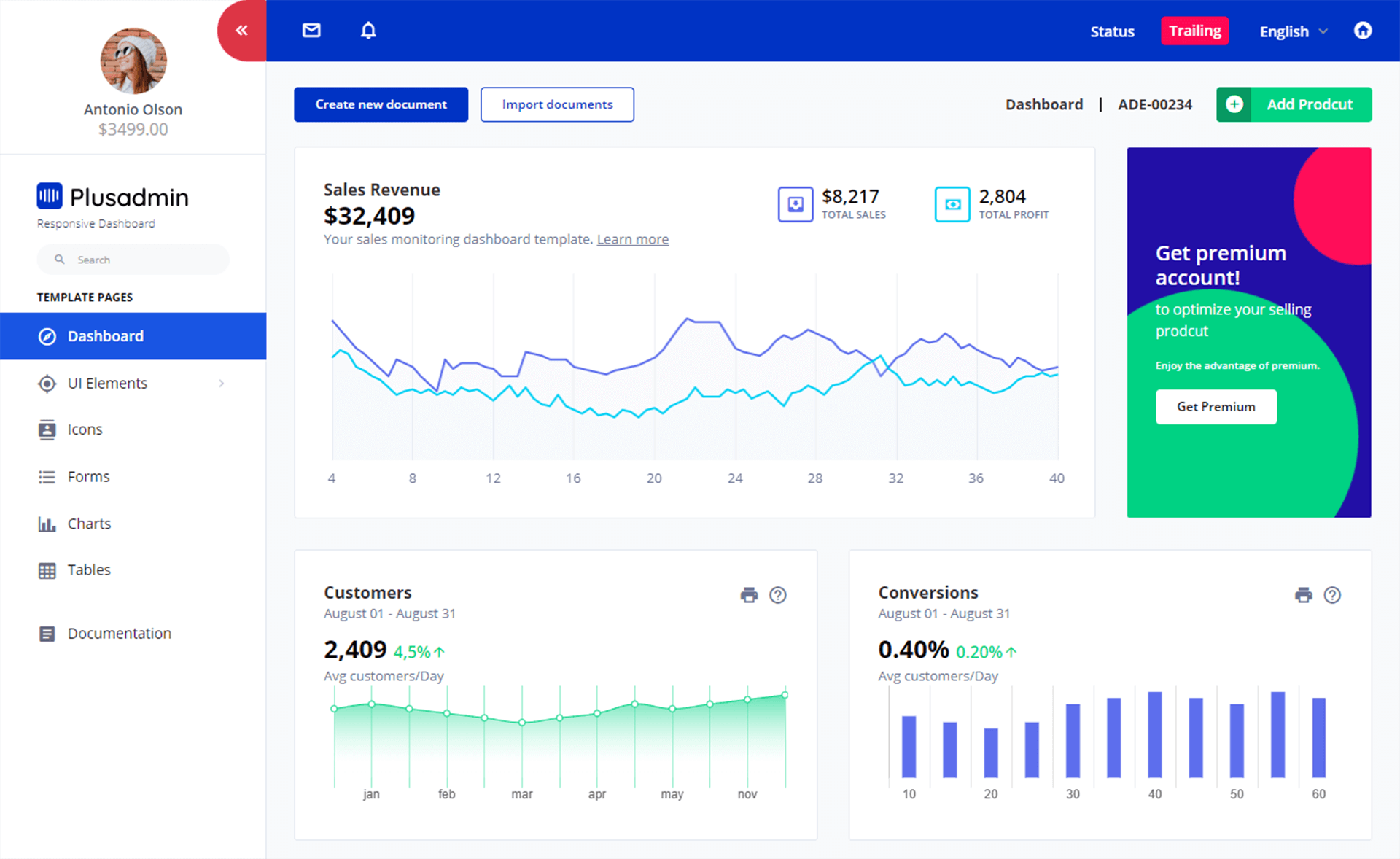Using OLEDB CSV Parser in C#
By Tan Lee Published on Jan 16, 2025 508
To use OLEDB in C#, you need to include the necessary namespaces for file manipulation and data handling.
using System; using System.Data; using System.IO; using System.Data.OleDb;
Create a Function to Parse the CSV File
In the function ParseCSV, you'll create an OLEDB connection string that points to the folder containing the CSV file, then execute a query to retrieve the data.
namespace CSVParserExample
{
class CSVParser
{
public static DataTable ParseCSV(string path)
{
if (!File.Exists(path)) return null; // Check if the file exists
string full = Path.GetFullPath(path);
string file = Path.GetFileName(full);
string dir = Path.GetDirectoryName(full);
// Create the OLEDB connection string
string connString = "Provider=Microsoft.Jet.OLEDB.4.0;"
+ "Data Source=\"" + dir + "\\\";" // Point to the directory of the CSV file
+ "Extended Properties=\"text;HDR=No;FMT=Delimited\""; // CSV-specific properties
// Create the database query (select all data from the file)
string query = "SELECT * FROM " + file;
// Create a DataTable to hold the CSV data
DataTable dTable = new DataTable();
// Create an OleDbDataAdapter to execute the query
OleDbDataAdapter dAdapter = new OleDbDataAdapter(query, connString);
try
{
// Execute the query and fill the DataTable with the CSV data
dAdapter.Fill(dTable);
}
catch (InvalidOperationException)
{
// Handle any exceptions that occur
}
dAdapter.Dispose(); // Clean up resources
return dTable; // Return the DataTable containing the CSV data
}
}
}We create a connection string using the Microsoft.Jet.OLEDB.4.0 provider, setting the Data Source to the directory of the CSV file. The Extended Properties specify that we’re dealing with a text file, and the HDR property indicates whether the first row contains headers. The FMT=Delimited setting tells OLEDB that we’re working with a comma-separated values (CSV) file.
Next, We use SELECT * FROM, where the table is the CSV file itself (treated as a database table). This might seem strange, but OLEDB works with file directories as databases and files as tables.
Once the query is set up, we create a DataTable to hold the results, and use an OleDbDataAdapter to execute the query and fill the table with data from the CSV file. We wrap the Fill() method in a try-catch block to handle any exceptions that might occur during the process.
Finally, we dispose of the OleDbDataAdapter to free up resources and return the populated DataTable.
Handling CSV Files with Headers
If your CSV files have a header row (column names), you can modify the HDR property in the connection string:
string connString = "Provider=Microsoft.Jet.OLEDB.4.0;"
+ "Data Source=\"" + dir + "\\\";"
+ "Extended Properties=\"text;HDR=Yes;FMT=Delimited\""; // Use 'Yes' for header rowsHDR=Yes: If the CSV has headers, set HDR=Yes so that the first row is treated as the column names.
HDR=No: If there are no headers, set HDR=No and the first row will be treated as data.
Now, you can use the ParseCSV function to read a CSV file.
class Program
{
static void Main(string[] args)
{
string csvPath = @"C:\path\to\your\file.csv";
// Call the ParseCSV function
DataTable csvData = CSVParser.ParseCSV(csvPath);
// Display the CSV data
if (csvData != null)
{
foreach (DataRow row in csvData.Rows)
{
foreach (var item in row.ItemArray)
{
Console.Write(item + "\t");
}
Console.WriteLine();
}
}
else
{
Console.WriteLine("File not found or could not be parsed.");
}
}
}Why Use OLEDB for CSV Parsing?
While there are various ways to parse CSV files in C#, the OLEDB method offers several advantages:
- Simplicity: The OLEDB approach is straightforward and requires minimal code just a few lines to set up the connection string and query.
- Robustness: Unlike manual string splitting, OLEDB handles quoted fields and other nuances of CSV files, so you don’t have to worry about special cases.
- Flexibility: The
DataTableformat makes it easy to manipulate and view the CSV data within your application.
The built-in OLEDB CSV parser in C# offers a very simple and efficient way to work with CSV files. By treating the CSV as a database table, it handles common CSV formatting issues like quoted fields and commas inside quotes, making it much more robust than manually splitting the string.





